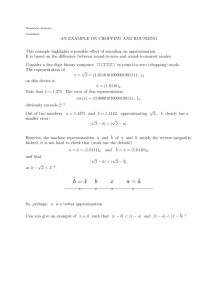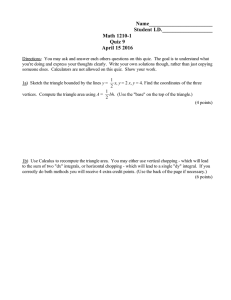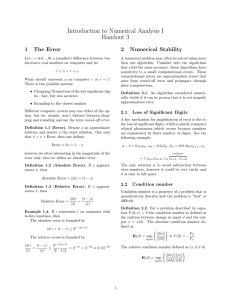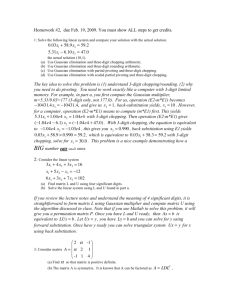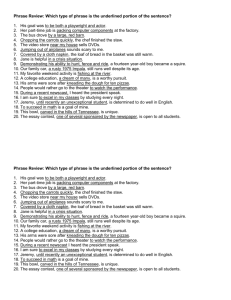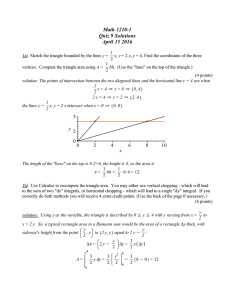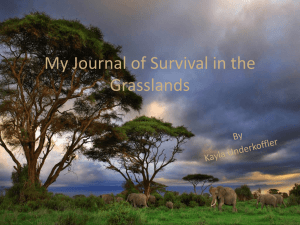Reforestation:
advertisement
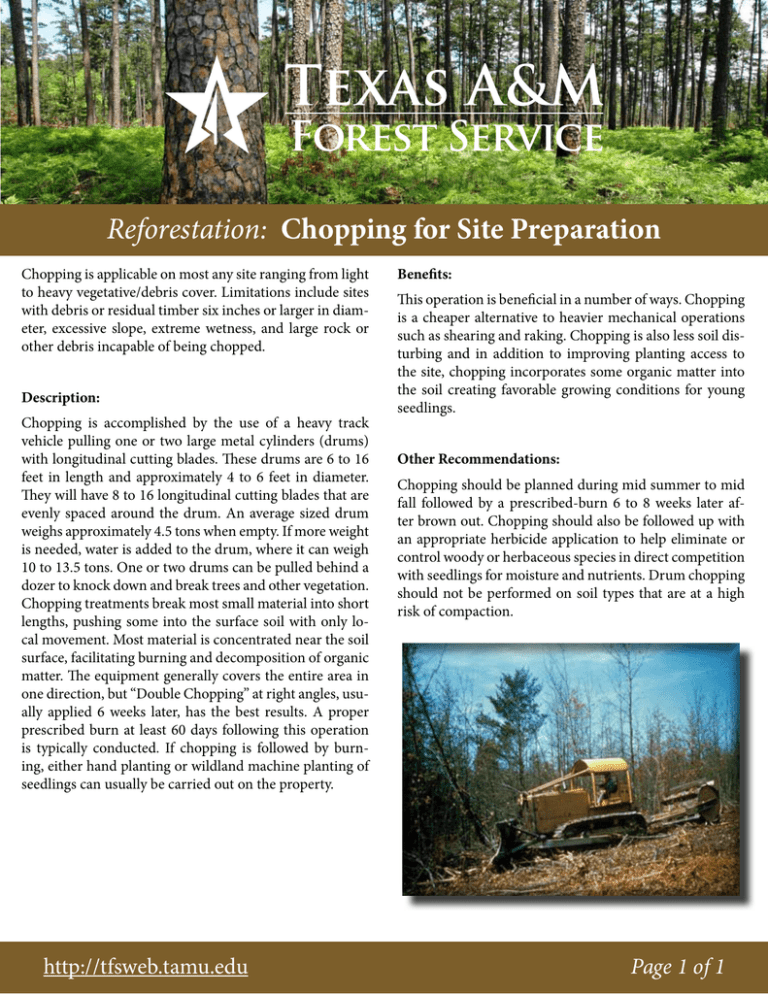
Reforestation: Chopping for Site Preparation Chopping is applicable on most any site ranging from light to heavy vegetative/debris cover. Limitations include sites with debris or residual timber six inches or larger in diameter, excessive slope, extreme wetness, and large rock or other debris incapable of being chopped. Description: Chopping is accomplished by the use of a heavy track vehicle pulling one or two large metal cylinders (drums) with longitudinal cutting blades. These drums are 6 to 16 feet in length and approximately 4 to 6 feet in diameter. They will have 8 to 16 longitudinal cutting blades that are evenly spaced around the drum. An average sized drum weighs approximately 4.5 tons when empty. If more weight is needed, water is added to the drum, where it can weigh 10 to 13.5 tons. One or two drums can be pulled behind a dozer to knock down and break trees and other vegetation. Chopping treatments break most small material into short lengths, pushing some into the surface soil with only local movement. Most material is concentrated near the soil surface, facilitating burning and decomposition of organic matter. The equipment generally covers the entire area in one direction, but “Double Chopping” at right angles, usually applied 6 weeks later, has the best results. A proper prescribed burn at least 60 days following this operation is typically conducted. If chopping is followed by burning, either hand planting or wildland machine planting of seedlings can usually be carried out on the property. http://tfsweb.tamu.edu Benefits: This operation is beneficial in a number of ways. Chopping is a cheaper alternative to heavier mechanical operations such as shearing and raking. Chopping is also less soil disturbing and in addition to improving planting access to the site, chopping incorporates some organic matter into the soil creating favorable growing conditions for young seedlings. Other Recommendations: Chopping should be planned during mid summer to mid fall followed by a prescribed-burn 6 to 8 weeks later after brown out. Chopping should also be followed up with an appropriate herbicide application to help eliminate or control woody or herbaceous species in direct competition with seedlings for moisture and nutrients. Drum chopping should not be performed on soil types that are at a high risk of compaction. Page 1 of 1
